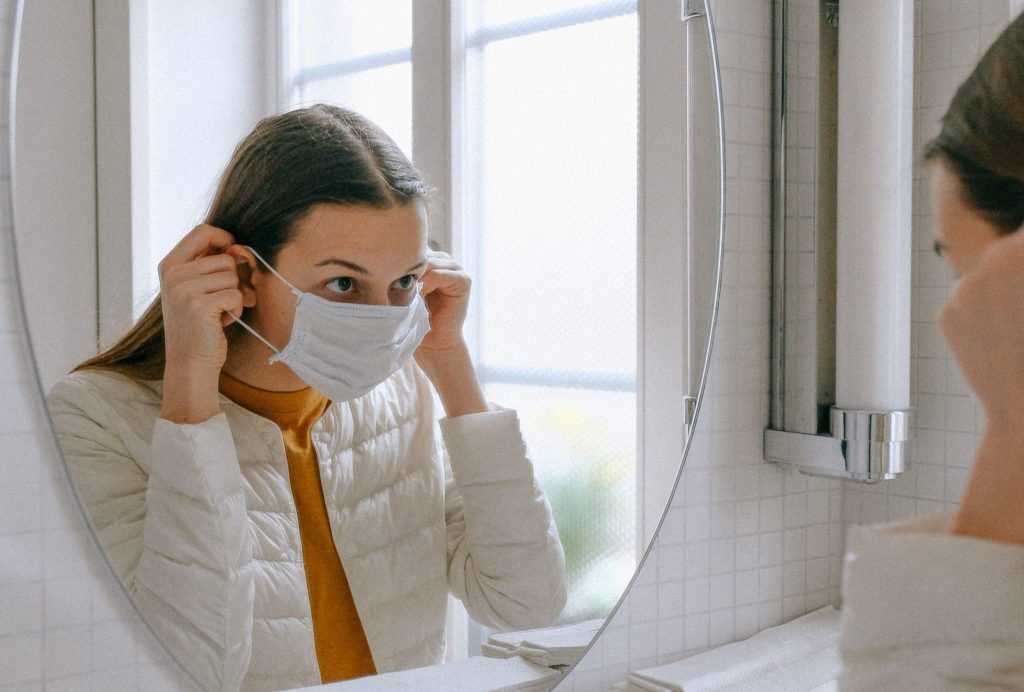
Taking care of your health is not at all difficult.
Given the shortage of disposable remedies, many have no choice but to make masks on their own. You don’t even need to be able to sew for this. And although such masks are less effective than medical ones, perhaps you should still use them.
Why you should wear reusable fabric masks
“If everyone wears fabric masks, this will help reduce asymptomatic transmission of the virus,” Margaret Gardel, biophysics, and professor at the University of Chicago. She also notes that N95 medical masks and respirators should be left to medical personnel and to use home-made protective equipment, since when there are not enough masks, the risk of infection of doctors — in whose hands are people’s lives, increases.
How to wear masks
Firstly, before putting on, you should thoroughly wash your hands with soap or alcohol-containing solutions. After that, unfold the mask and carefully put it on yourself. Fasten the metal retainer to your nose, pull the bottom so that it covers your chin. The mask should fit snugly to the face.
Secondly, in no case do not touch the mask with your hands or other objects and remove it as soon as the mask becomes wet (or after two to three hours of wearing). This is very important because otherwise, you can catch an infection.
Thirdly, when removing the mask, do not touch the part covering the face. Take off the earloops and immediately place the mask in a lidded garbage container, and then wash your hands immediately.
How to clean cloth masks
The US Centers for Disease Control and Prevention notes that machine wash is enough to clean masks. Margaret Gardel agrees with them: “Just send the mask to the wash in hot water, and after drying it will be suitable for use.” No other measures are required, and additional treatment with an antiseptic on the advice from the Internet will do more harm than good.
It is worth noting that we are talking exclusively about fabric masks: disposable, as the name implies, are not intended for reuse. Theoretically, of course, they can be cleaned — but only with the use of industrial equipment. It is impossible to do this at home, although articles and posts appear on the Web, the authors of which claim the opposite.
Picture Credit: Pexels
